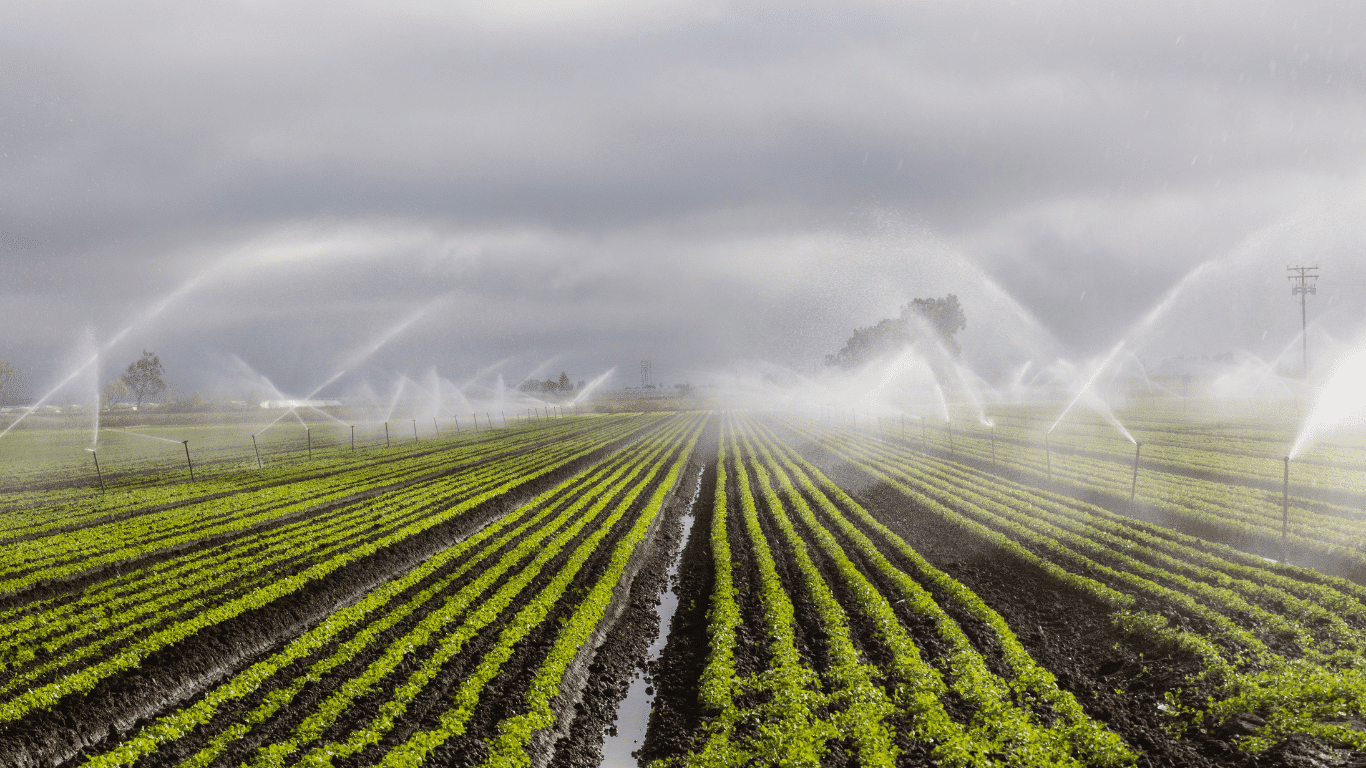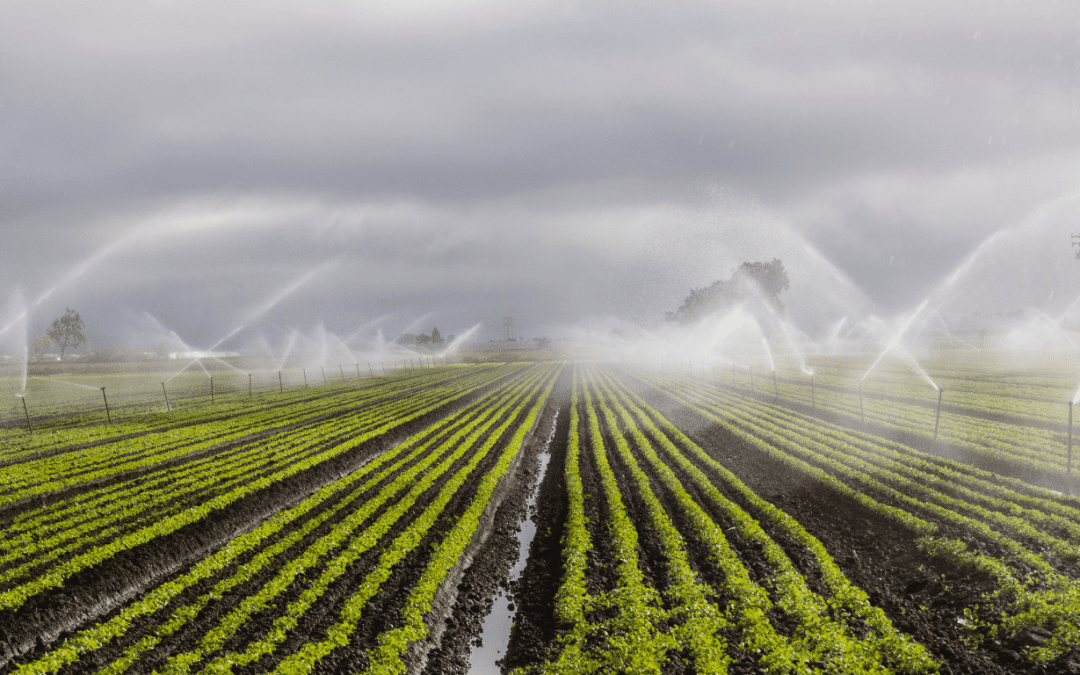
Ever wondered why your water well isn’t performing as it once did?
You’re not alone.
Many well-owners face the same dilemma. The pain of dealing with a malfunctioning well system can be daunting. Imagine turning on your tap, expecting a steady flow, only to be met with a trickle. Or worse, discovering that your
drinking water is tainted with coliform bacteria or other contaminants.
It’s not just about water flow; it’s about water quality. And let’s not even get started on the unexpected costs that can arise from neglecting regular maintenance.
The National Ground Water Association has emphasized the importance of water well servicing. Yet, many overlook the guidelines set by their local health department.
It’s easy to forget about well maintenance when everything seems to be working properly. But just like you wouldn’t ignore changing your car’s motor oil, you shouldn’t neglect your water supply. Proper drainage, ensuring your well cap is at least one foot above the ground, and keeping hazardous materials like motor oil and waste systems away from your well are just a few steps in the right direction.
But here’s the good news: properly maintaining your well isn’t as complicated as it sounds. With the guidance of professional contractors and a bit of preventive maintenance, you can ensure your water system remains in top shape.
Whether it’s checking the well cover, monitoring pump motor performance, or conducting a flow test, there are actionable steps you can take.
And if you’re unsure? Your local well driller or certified water professional is just a call away.
Why is it Important to Maintain and Care for an Irrigation Well?
Maintaining your irrigation well isn’t just about ensuring a steady water supply; it’s about safeguarding your investment and health.
Here’s why it’s paramount to prioritize well maintenance:
Safety and Health: Ensuring Clean Water
Your well’s primary function is to provide you with clean drinking water. Over time, contaminants can find a direct pathway into your water supply. Regular water testing can detect the presence of hazardous chemicals, gastrointestinal illness-causing bacteria, or other impurities. Properly maintaining your well system ensures that your water quality remains top-notch, free from water contaminants.
Efficiency: Optimal Water Flow and Energy Consumption
A well-maintained pressure tank and well pump ensure that water flows efficiently. If you’ve ever noticed your pipes sticking or declining water production, it might be time to inspect your well. Proper maintenance ensures your water system operates at peak efficiency, reducing energy consumption.
Longevity: Extending the Lifespan of Your Well
Like any other equipment, your well has a serviceable life. Regular check-ups, especially on the well cap, well casing, and other components, can extend the lifespan of your entire water well system. It’s not just about the present; it’s about ensuring your well serves you for years.
Cost Savings: Avoiding Unexpected Expenses
Think of well-maintenance as a preventive measure. By addressing minor issues now, you avoid major changes and repairs in the future. Whether it’s a damaged casing or a malfunctioning well screen, catching problems early can save you a significant amount in the long run.
Environmental Responsibility: Protecting Our Planet
Your private well plays a role in the larger ecosystem. You prevent groundwater contamination by ensuring proper separation from potential contaminants like septic tanks or chemical storage facilities. It’s not just about your water quality; it’s about ensuring sustainable water use for everyone.
How to Maintain an Irrigation Well
Maintaining an irrigation well is more than just ensuring a steady water supply; it’s about ensuring the longevity and efficiency of your well system.
Here’s a step-by-step guide to help you keep your well in top shape:
1. Regular Inspections:
-
Scheduling Periodic Checks: Like a car needs regular tune-ups, your well requires periodic checks. Engaging a professional contractor can help identify and address issues before they escalate.
-
Checking for Visible Damages: Elements like the well casing or well caps can show signs of wear over time. It’s essential to check for any visible damages and address them promptly.
- Monitoring Water Pressure and Flow Rate: A consistent water supply is crucial. Monitor the water pressure and flow rate to ensure your well system operates efficiently.
2. Cleaning and Disinfection:
-
Removing Sediments and Bacteria: Over time, sediments can accumulate, and bacteria can thrive. Regular cleaning can help prevent contamination.
-
Frequency: It’s recommended to clean private wells at least once a year. However, if you notice any changes in your well water, it might be time for a cleanup.
- Safe Disinfection Methods: Using methods like chlorine treatment can help eliminate bacteria. However, exercise caution and ensure you follow the recommended guidelines.
3. Component Checks:
-
Pump and Pipes: These are the heart and veins of your well system. Ensure they’re in good condition, free from damages or blockages.
-
Replacing Worn-Out Parts: Components like the well equipment can wear out over time. Replacing them ensures your system remains efficient.
- Lubrication: Moving parts require regular lubrication to function smoothly. This simple step can extend the lifespan of your components.
4. Water Quality Testing:
-
Periodic Testing: It’s not just about quantity but quality. Regular water tests can help ensure your water remains free from contaminants.
-
Testing Frequency: Well owners should test their water at least once a year. However, you might want to test more frequently near livestock yards or septic tanks.
- Addressing Water Quality Issues: If your tests reveal any issues, addressing them promptly is crucial. Whether adjusting the well cover or seeking professional water advice, take action to prevent contamination.
How to Care for an Irrigation Well
Caring for your irrigation well goes beyond regular maintenance. It’s about adopting practices that ensure the longevity and efficiency of your well system.
Here’s a breakdown of how to properly care for your well:
1. Protecting the Wellhead:
-
Keeping the Area Clear and Elevated: The area around your wellhead should be free from debris and elevated. This not only ensures easy access for maintenance but also prevents any contaminants from entering your water supply.
-
Preventing Water Pooling: Water pooling around the wellhead can indicate potential issues. Ensure proper drainage to prevent this.
- Using Barriers or Covers: Consider using protective barriers or covers. This added layer of protection can shield the wellhead from external elements, ensuring it remains in top condition.
2. Conserving Water:
-
Efficient Water Use: Overstraining your well can lead to issues down the line. By using water efficiently, you ensure the longevity of your well system.
-
Water-Saving Techniques: Simple practices, like fixing leaks promptly or using water-efficient appliances, can significantly affect your water usage.
- Monitoring Water Usage: Keeping an eye on your water usage can help you identify any anomalies. Regular water tests can also provide insights into the quality of your well water.
3. Educating Users:
-
Knowing Best Practices: If multiple people use the well, everyone must be on the same page. This means understanding and implementing best practices for well usage.
-
Avoiding Harmful Chemicals: Ensure that harmful chemicals, especially if you’re near a septic tank, are kept away from the well. These can contaminate your water supply.
-
Recognizing Signs of Issues: From changes in water taste to a decrease in water pressure, recognizing signs of potential issues can help address them before they escalate.

